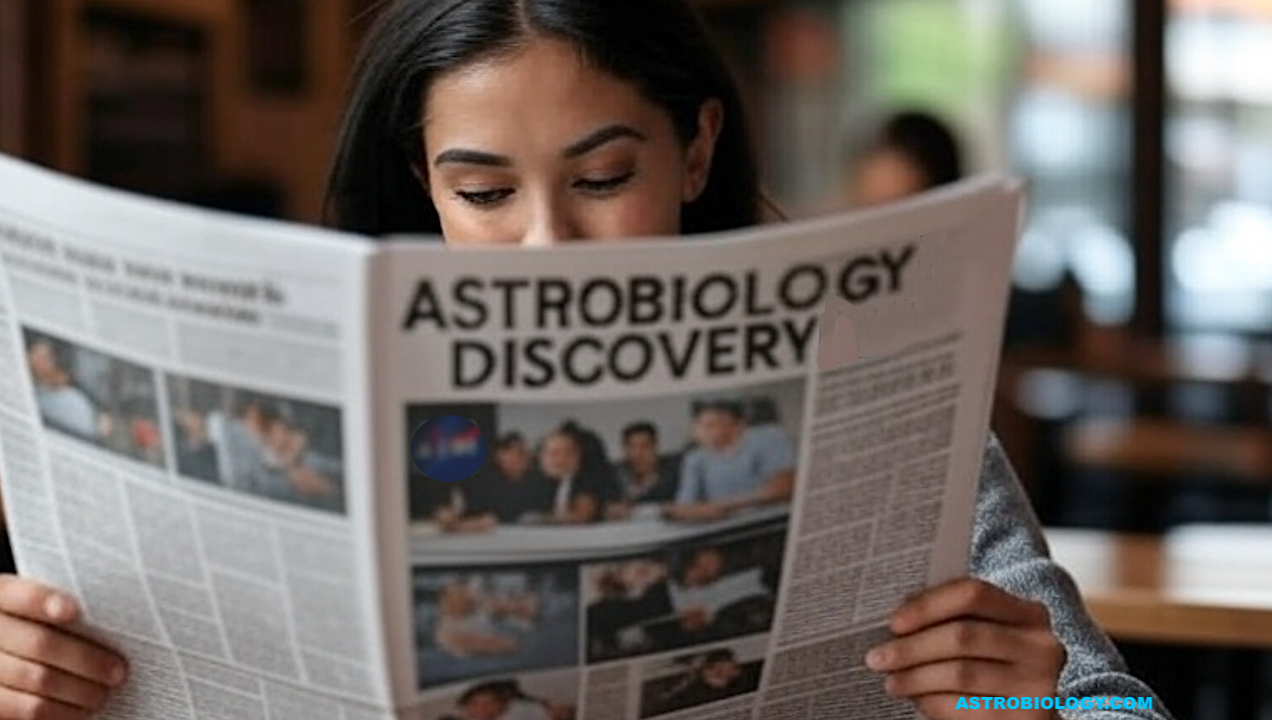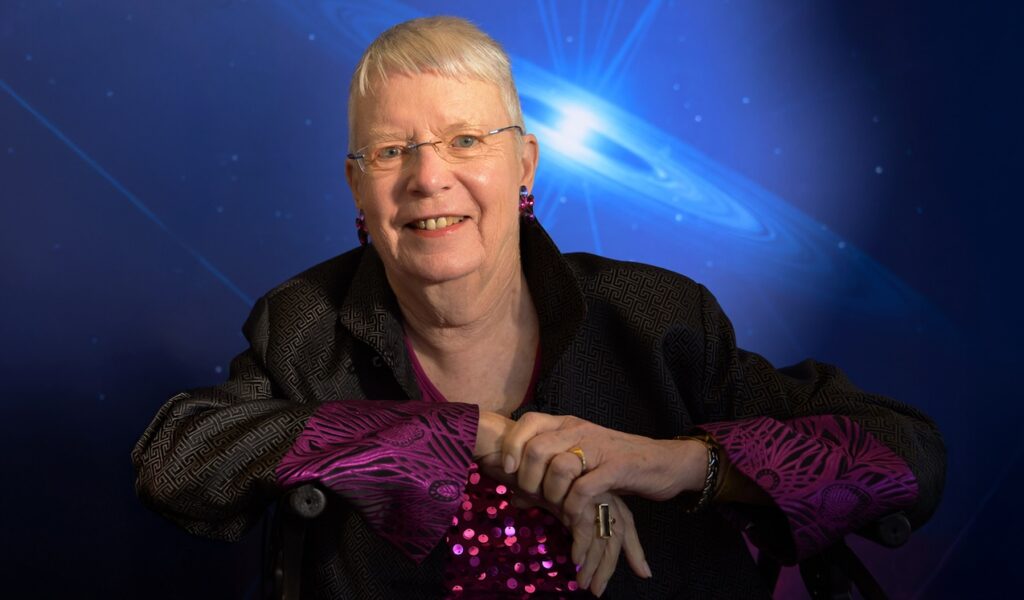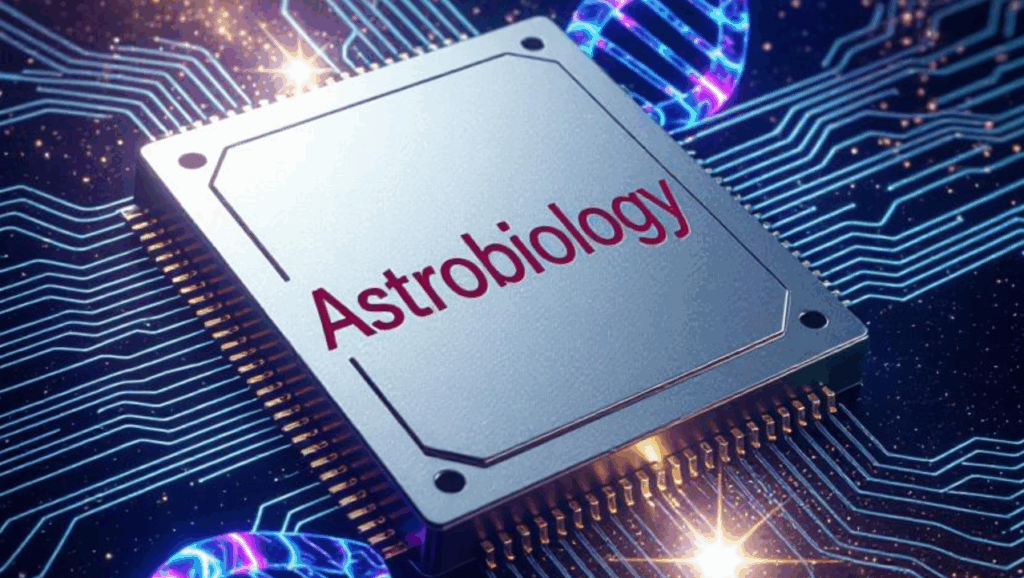Communicating Discoveries In The Search For Life In The Universe Workshop Report

The potential discovery of life beyond Earth presents unique communication challenges for astrobiology. These include ambiguous data, public misconceptions, and the dynamics of social media platforms.
Building on National Aeronautics and Space Administration’s 2021 Standards of Evidence (SoE) workshop, a diverse group of experts-scientists, science journalists, content creators, and scholars-were convened during February and March of 2024 for the Communicating Discoveries in the Search for Life in the Universe workshop. This report summarizes structured discussions focused on how to responsibly share findings with different public audiences.
Key themes that emerged from the workshop included the following: communicating uncertainty, reaching consensus, and building trust between the scientific community and the public. Such efforts will involve navigating the rapidly evolving landscapes of social media and academic (peer-reviewed) journal publishing.
Workshop participants emphasized the need for proactive communication, early-career training in science communication, and interdisciplinary partnerships, all of which can foster sound public understandings of astrobiology research and its myriad of practices, mitigate misinformation, and sustain ongoing support for the search for life.
In brief, this report includes the workshop rationale and structure, insights gleaned from past case studies and hypothetical future scenarios, common themes that emerged from the breakout groups, a discussion of the relationship of workshop outcomes to SoE, and guidance for individuals, agencies, and institutions. Key Words: Astrobiology-Science communication-Biosignature detection.
Communicating Discoveries in the Search for Life in the Universe Workshop Report, PubMed
Communicating Discoveries in the Search for Life in the Universe Workshop Report, Astrobiology via Sage Journals (open access)
Astrobiology








